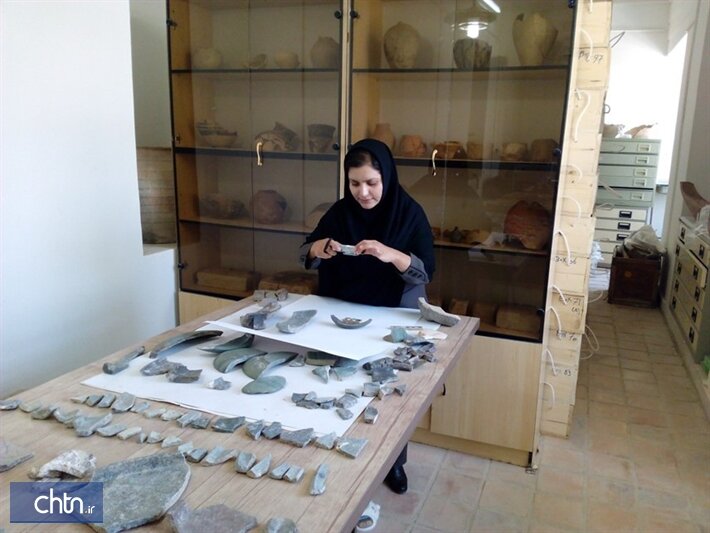Stone vessels, utensils found at Persepolis World Heritage being documented

TEHRAN – Fragments of stone vessels and utensils, unearthed during archeological excavations at the magnificent UNESCO World Heritage site of Persepolis in the southern Fars province, are being documented and re-arranged by a team of experts.
The pieces were discovered during excavations conducted in close collaboration with the Oriental Institute of the University of Chicago in Persepolis in the 1930s, CHTN quoted Hamid Fadaei, the director of the World Heritage, as saying on Saturday.
Fadaei said that evidence suggests the vessels have deliberately been smashed into pieces millennia ago.
“The interesting and important thing about these pieces is the deliberate crushing and breaking of these containers because, regarding the material and thickness of the shreds, their fragmentation and crushing due to the passage of time is a false and unlikely theory. Probably after looting the valuable treasures of the Achaemenids, including gold and silver vessels in the treasury of Persepolis, these stone vessels appeared to be worthless and insignificant so that looters and were deliberately shattered and crushed them.”
“According to the studies, most of these pieces have been collected from the two halls of the Persepolis treasury….. In those years, some of the pieces were assembled to go on display at museums. And many of the fragments ended up their ways to be stored in Persepolis for future investigations,” the official explained.
Persepolis, also known as Takht-e Jamshid, whose magnificent ruins rest at the foot of Kuh-e Rahmat (Mountain of Mercy), was the ceremonial capital of the Achaemenid Empire. It is situated 60 kilometers northeast of the city of Shiraz in Fars Province. The royal city was burnt by Alexander the Great in 330 BC apparently as a revenge to the Persians because it seems the Persian King Xerxes had burnt the Greek City of Athens around 150 years earlier.
Persepolis was the seat of the government of the Achaemenid Empire, though it was designed primarily to be a showplace and spectacular center for the receptions and festivals of the kings and their empire. The terrace of Persepolis continues to be, as its founder Darius would have wished, the image of the Achaemenid monarchy itself, the summit where likenesses of the king reappear unceasingly, here as the conqueror of a monster, there carried on his throne by the downtrodden enemy, and where lengthy cohorts of sculpted warriors and guards, dignitaries, and tribute bearers parade endlessly.
AFM/MG
Leave a Comment